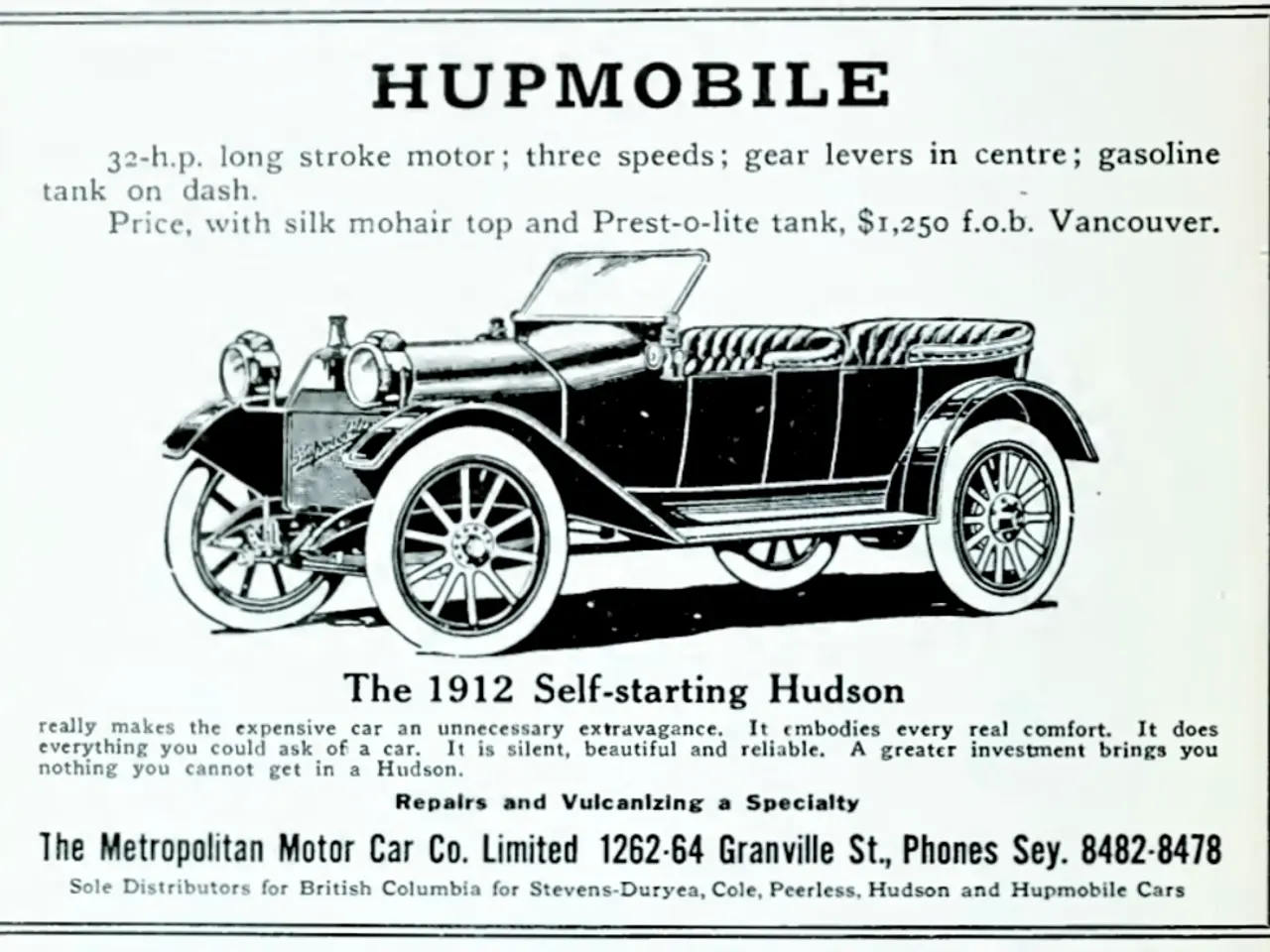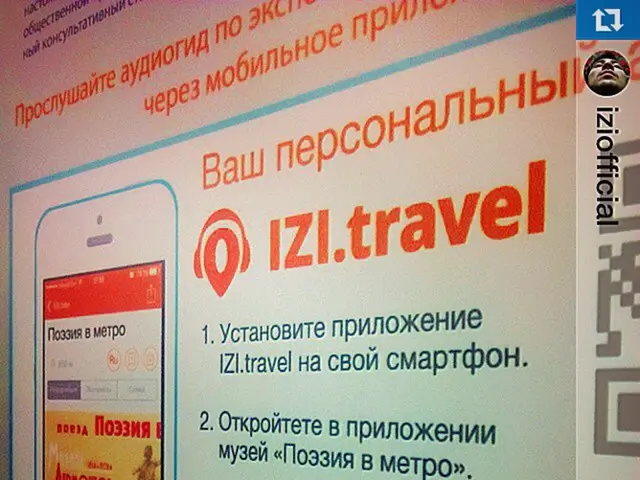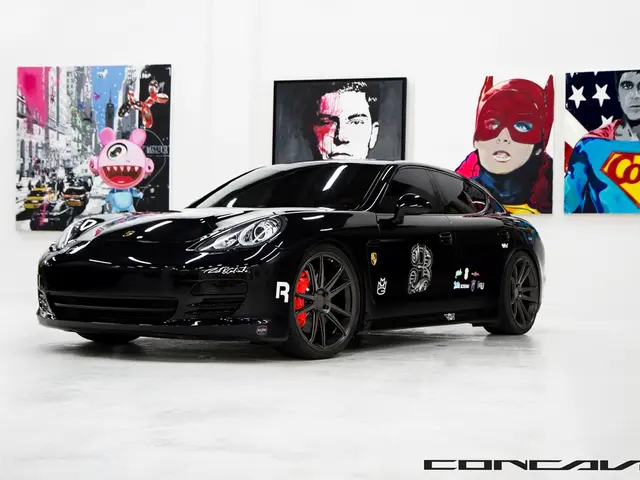Auto Shows Haven't Disappeared - They've Simply Shifted Towards Lower Priorities
In a significant shift, auto shows have transformed from mere awareness and engagement events to strategic venues for driving purchase decisions and strengthening customer relationships. Originally designed to showcase new models and generate buzz, today's auto shows function as platforms for closer-to-purchase customer interactions and personalised engagement.
To harness this lower-funnel positioning effectively, original equipment manufacturers (OEMs) and dealers are adopting several key strategies. Data-driven targeting, for instance, enables them to identify and invite high-intent prospects who are closer to purchase. This approach aligns messaging with actual customer needs and maximises the return on investment (ROI) from show participation.
Personalised customer interactions, facilitated by technologies and human engagement tools, are another crucial strategy. These tools, such as live chats, remote consultations, and AI-driven first-level filtering of leads, help potential buyers stay engaged in their preferred digital environments, reducing friction and supporting smooth transitions from interest to showroom visits or sales conversations.
Integration with fixed operations marketing is another trend that is gaining traction. Dealers are increasingly using auto shows not just for sales leads but also to promote service and parts departments, recognising fixed-ops as a crucial long-term profitability driver. Marketing at shows often includes information and campaigns around dealership service offerings, thereby building ongoing customer relationships beyond the initial sale.
Quality over quantity in engagements is another trend that is emerging. With shifts in attendance patterns, OEMs and dealers emphasise meaningful, in-depth conversations over mass leads. This trend highlights the value of intentional, consultative interactions that help convert prospects into customers more effectively.
Auto shows remain important platforms to showcase technology and innovation, including AI and interactive tools, that enhance the customer journey and provide personalised experiences, which resonate especially in later marketing funnel stages.
50% of auto show attendees revise their consideration list after attending a show, with 36% adding new brands and 14% removing brands that weren't present. Auto shows are not competing with media campaigns but are complementary, with buzz fuelling curiosity and hands-on experience driving confidence and conversion. The average auto show attendee engages with more than 10 vehicles across nine brands, indicating high levels of vehicle comparison and interaction.
Moreover, consumer interest in auto shows is rebounding, with attendance climbing year-over-year in many markets. Most visitors to auto shows are seriously considering a vehicle purchase within the next 24 months. More than half of auto show attendees who test drove a car at an auto show report that the live drive experience influenced their purchase decision. On average, auto show visitors spend 2.9 hours comparing vehicles, sitting inside them, asking questions, and often taking test drives.
The 2023 study by The Ev&Ex Agency found that auto shows are underutilised, with only 3-4 out of 14 potential consumer actions typically occurring at an auto show. However, brands like Toyota are leading the way in realigning with the lower-funnel reality of auto shows, featuring realistic, regionally available trim levels for models that consumers will actually find on lots.
As the dust settles on the digital frenzy of the past few years, auto shows are regaining their significance. They are shifting from being high-stakes PR stages to powerful, high-impact mid- to lower-funnel marketing platforms. Auto shows are best at providing real-time, in-person, tactile decision-making experiences that digital platforms cannot replicate.
In conclusion, auto shows are no longer just early-funnel, impression-building events; they have become platforms where OEMs and dealers actively capture, nurture, and convert high-intent customer leads using data-driven, personalised, and integrated marketing approaches that extend beyond the event itself into the full customer journey.
To capitalize on this transition, industry players are employing sophisticated strategies like data-driven targeting and personalized customer interactions, leveraging AI-driven technology and human engagement tools to foster closer-to-purchase engagements and maximize returns on investment. Moreover, dealers are integrating fixed operations marketing into auto shows, recognizing the long-term profitability of service and parts departments, and emphasizing meaningful, in-depth conversations over mass leads to convert prospects into customers more effectively.




